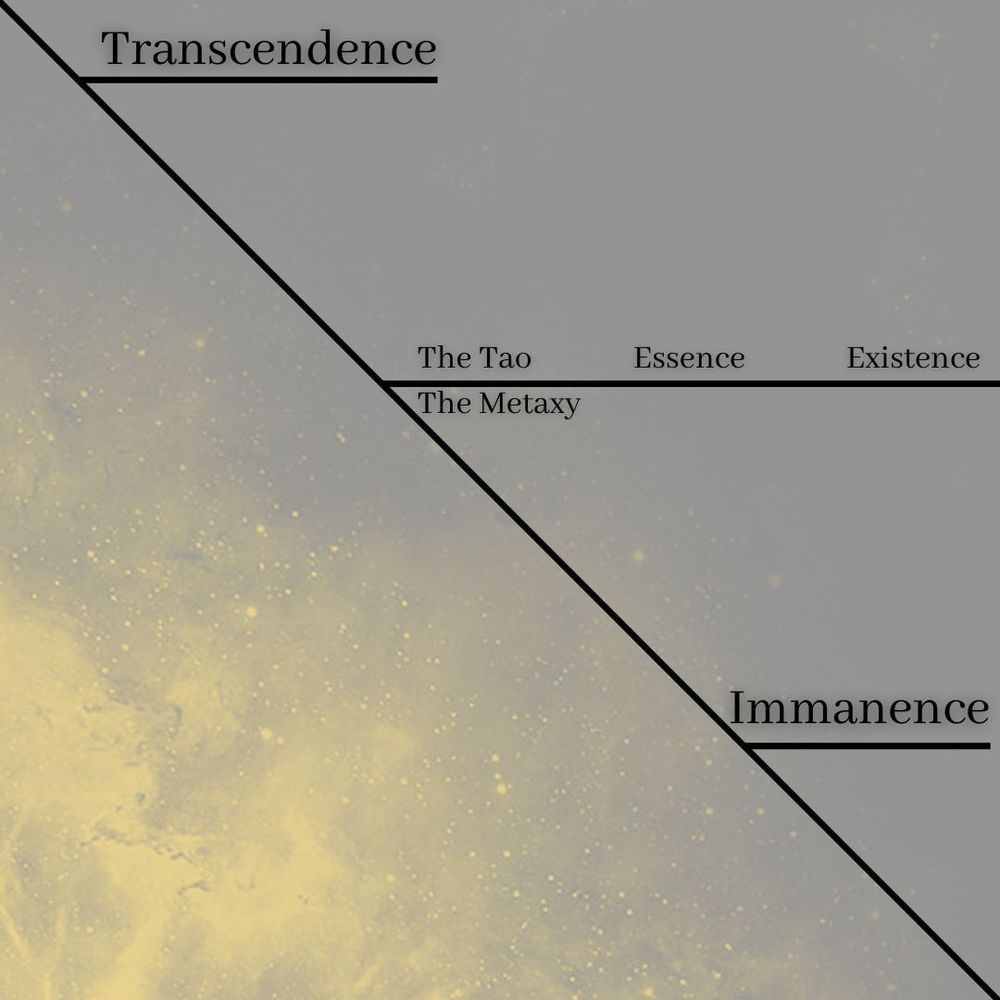A book review from the most-excellent new Catholic journal, The Lamp
In all of the English language is there a more pleasantly elastic phrase than these three simple words: “a few beers”? I doubt it. Drawing on approximately sixty-five years of beer drinking experience (having recently turned seventy-eight), I have used “a few beers” to mean anything from three beers to thirty, depending on whether I was spending a truncated happy hour with a few casual colleagues or was settling into an all-day riverside picnic on a perfect summer day at the old Washington Canoe Club, with plenty of good food and good friends accompanying the beer. Whether three or thirty, the beers have generally gone down well.
Not that I have anything against wine. Indeed, I once summed up my gustatory philosophy in the following bit of doggerel:
Where grapes and olives cannot thrive,
One is, at best, but half alive.
I still hold this to be true, especially when it comes to serious dining in elegant surroundings with a good chef in the kitchen and a savvy sommelier in command of the wine list. Nor is there any denying the endless delights of deceptively simple but incredibly varied rustic dishes and local wines in grape and olive territory, be it in Spain, Italy, France, or the Levant. There’s just more flavor complexity and variety to a table laden with meze, antipasti, or hors d’oeuvres, accompanied by local cheese, grapes, olives, and breads than there is to one groaning under the weight of Teutonic plenty in the form of blutwurst, bratwurst, knockwurst, weisswurst, pig’s knuckles, and sauerkraut served with hot potato salad and plenty of rye and pumpernickel, even when you throw in some limburger cheese and pickled herring to round them out.
But for the simpler—and considerably more commonplace—pleasures of everyday life in most parts of the world, beer has no peer. Because it can be locally produced almost anywhere, it has a more universal reach than even the cheapest mass-produced wines. Whether you’re an African miner or farm laborer, a solid Bavarian burgher, a Japanese accountant, an English lager lout, a Brazilian gadabout, or a Middle American watching the Super Bowl with friends and family, beer is the ultimate social drink. More so than wine, it is a relatively mild, nourishing beverage that fosters a soft, slow glow of affability in most sane imbibers.
There’s nothing brooding or introspective about a typical beer buzz. Beer seems to lend a little of its own effervescence to the mood of those who drink it. It’s a sociable drink for social drinkers. This has been understood and appreciated by a broad spectrum of societies and cultures around the world that often agree on little else. You could say that beer is as old as history itself, except that it’s considerably older. There is conclusive archeological proof that it was being brewed and consumed in prehistoric times. Indeed, the earliest scientific evidence of beer was found in a cave in Israel dating from 11,000 B.C., a good four thousand years before humans had begun to grow grain domestically or developed pottery containers to carry beer from one place to another.
All of this is chronicled in Professor John W. Arthur’s Beer: A Global Journey Through the Past and Present.










